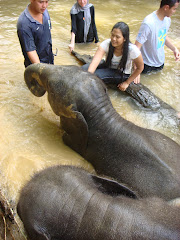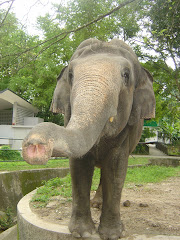Number 1 Plastics: PET or PETE (polyethelene terephthalate)
PETE is most commonly found in soda and water bottles but is used to make peanut butter jars and veggie oil containers as well. It is usually downcycled to make items like polar fleece, tote bags, fibers and carpet. Most beverage bottles are made of this stuff as it is inexpensive and lightweight, but shockingly the recycle rates are only at around 20percent.
Number 2 Plastics: HDPE (high density polyethylene)
This stuff is a bit heavier and is most commonly found in milk jugs, household cleaner bottles, shampoo bottles, some garbage bags, and cereal box liners. HDPE is generally recycled into laundry detergent bottles, plastic lumber, pens, and floor tiles to name a few.
Number 3 Plastics: PVC (polyvinyl chloride)PVC is found in clear food packaging, some window cleaner and detergent bottles, and the outer jacketing of electrical cables (think ethernet). It’s not as readily recycled and is pretty nasty stuff as its manufacture and burning releases toxins into the atmosphere. When it is taken for recycling, it can be turned into mudflaps, cables, speed bumps and floor mats. PVC can contain a softener (di-2-ethylhexyl phthalate (DEHP)) which has been shown to be an endocrine disruptor and human carcinogen - so you may want to avoid it altogether. Good times!
Number 4 Plastics: LDPE (low density polyethylene)
This is the stuff we probably see the most of, after PETE in water bottles, as it’s what goes into those plastic shopping bags. Other uses are squeezy dispenser bottles, bread and frozen food bags, and some clothing and furniture. LDPE is becoming easier to turn in for recycling and can be used to make trash can liners, shipping containers, composters and envelopes.
Number 5 Plastics: PP (polypropylene)You’ll see PP 5 in bottle caps, plastic drinking straws, some plastic food containers and medicine bottles. Polypropylene is one of the more commonly accepted plastics for recycling and can become signal lights, brooms and brushes, ice scrapers, and landscaping borders. Because it has a high melting point, it is commonly used in things that will come into contact with heat.
Number 6 Plastics: PS (polystyrene)
Another commonly found one, PS is used in carry out containers, compact disc cases, egg cartons, and “disposable” cups and plates. It is fairly hard to recycle this stuff (many areas do not accept it) and has been proven to leach carcinogenic toxins in many instances. Polystyrene is most commonly found in Styrofoam (they inject it with air to make it light and give it that texture) and can be turned into insulation, light plate switches, foam packing, egg cartons and carry out containers.
Number 7 Plastics: Everything elseOk, this is a weird one. In an attempt to label everything, they came up with number 7 for things that don’t fit in 1-6. Some of the products that carry a 7 are 5 gallon water jugs, bulletproof material (hopefully you won’t need to recycle this stuff), computer cases, dvds, and a whole host of other things. A lot of local recycling programs won’t take number 7 for the obvious reason that they don’t immediately know what’s what. This is a bummer because as of right now, many compostable products carry a number 7 on them and are therefore getting tossed. Crazy but it’s true. It should also be noted that Polycarbonate which carries a number 7 and is used in many baby bottles and reusable sports bottles (think Nalgene), as well as those office water jugs, can contain the hormone disruptor bisphenol-A which has been shown to leach out due to age or heating over the long term. Ain’t science fun?
























.jpg)






